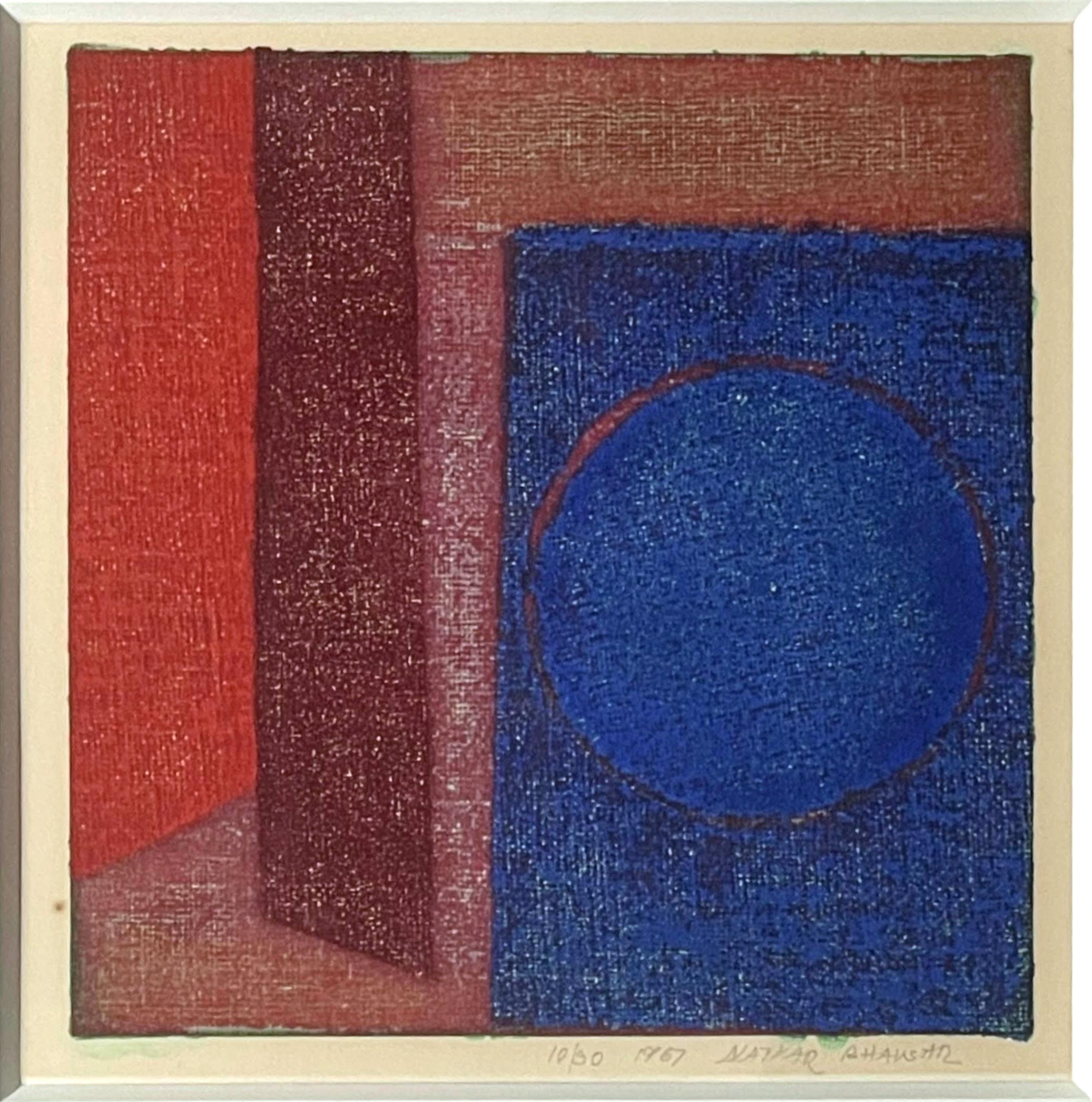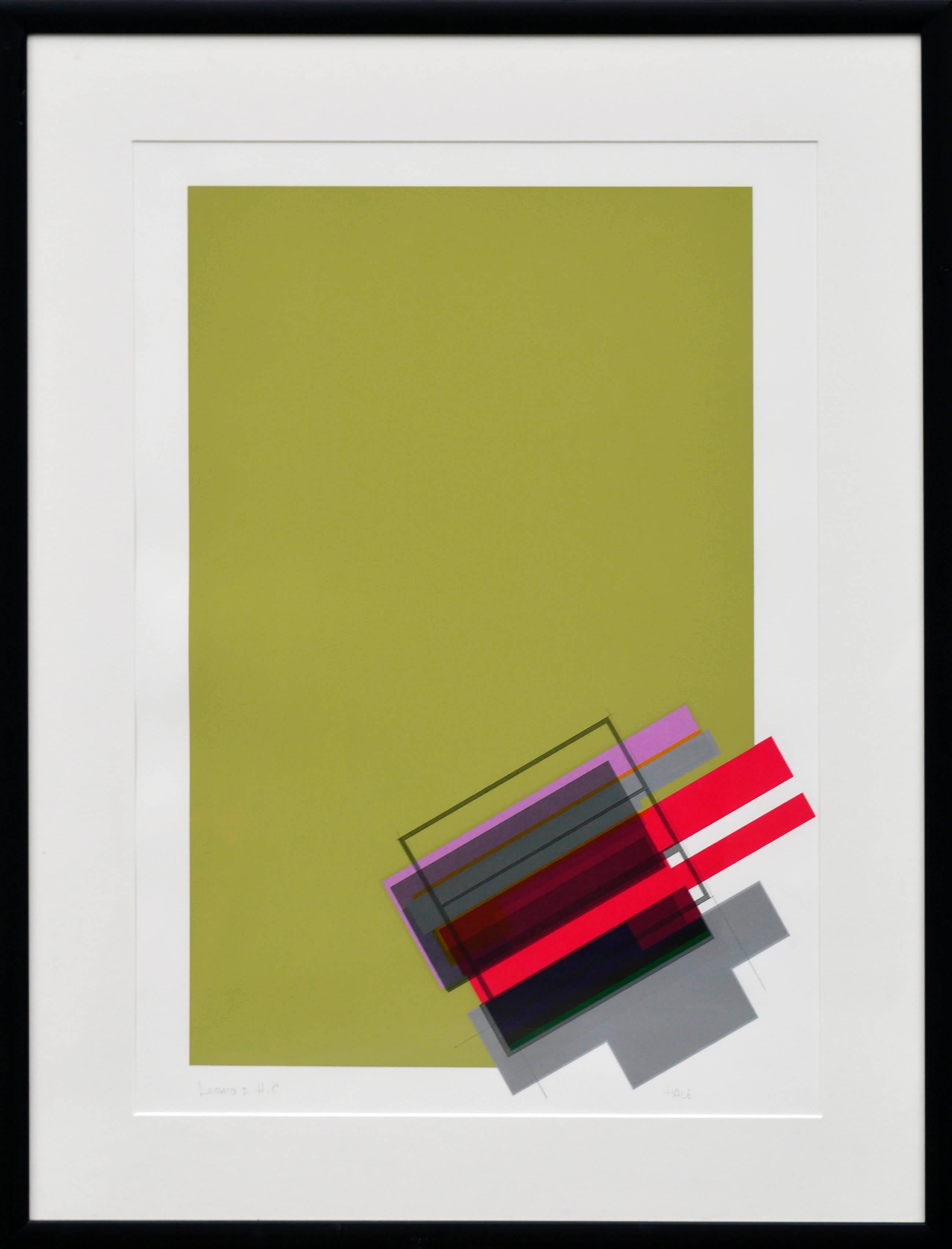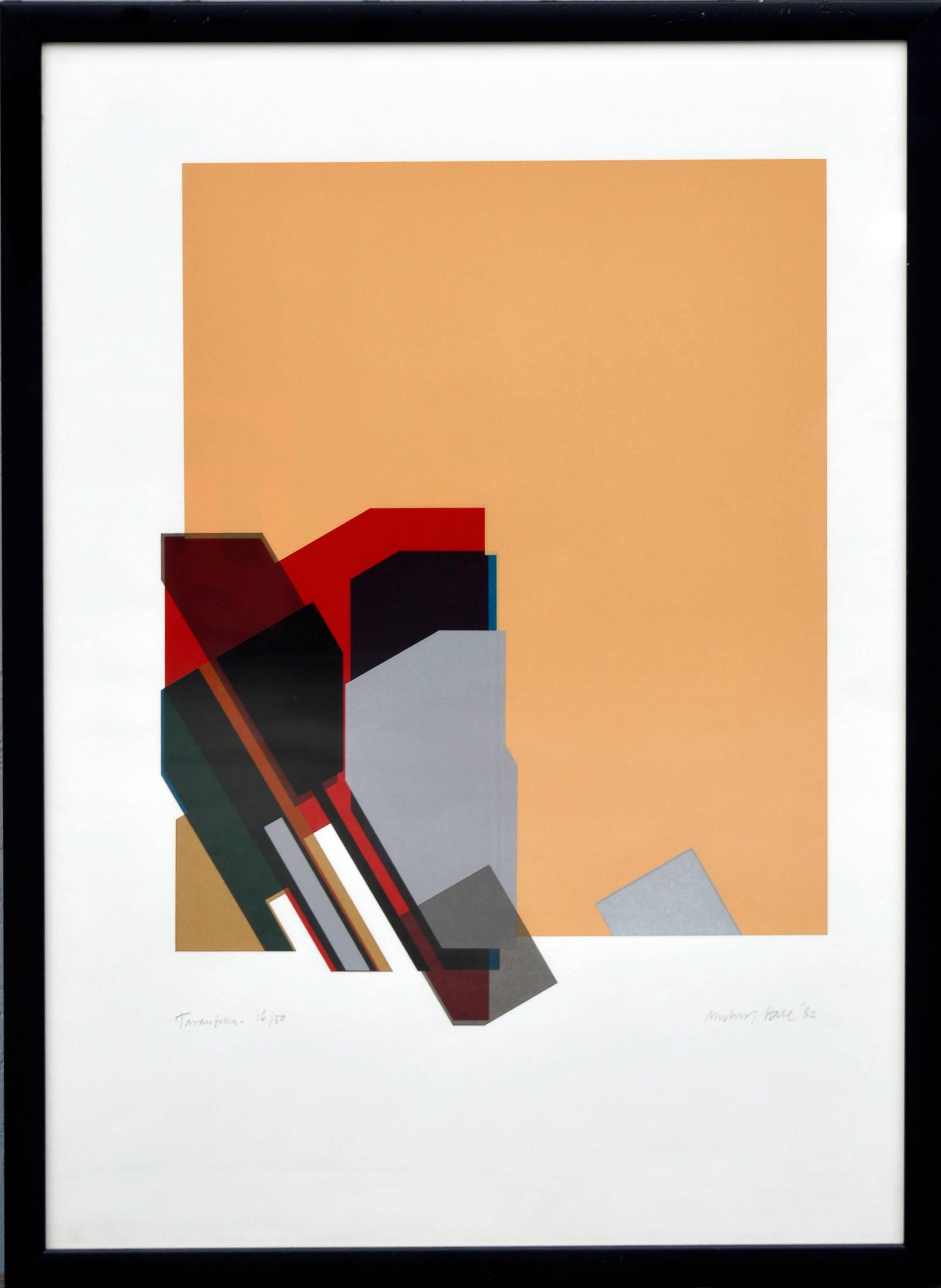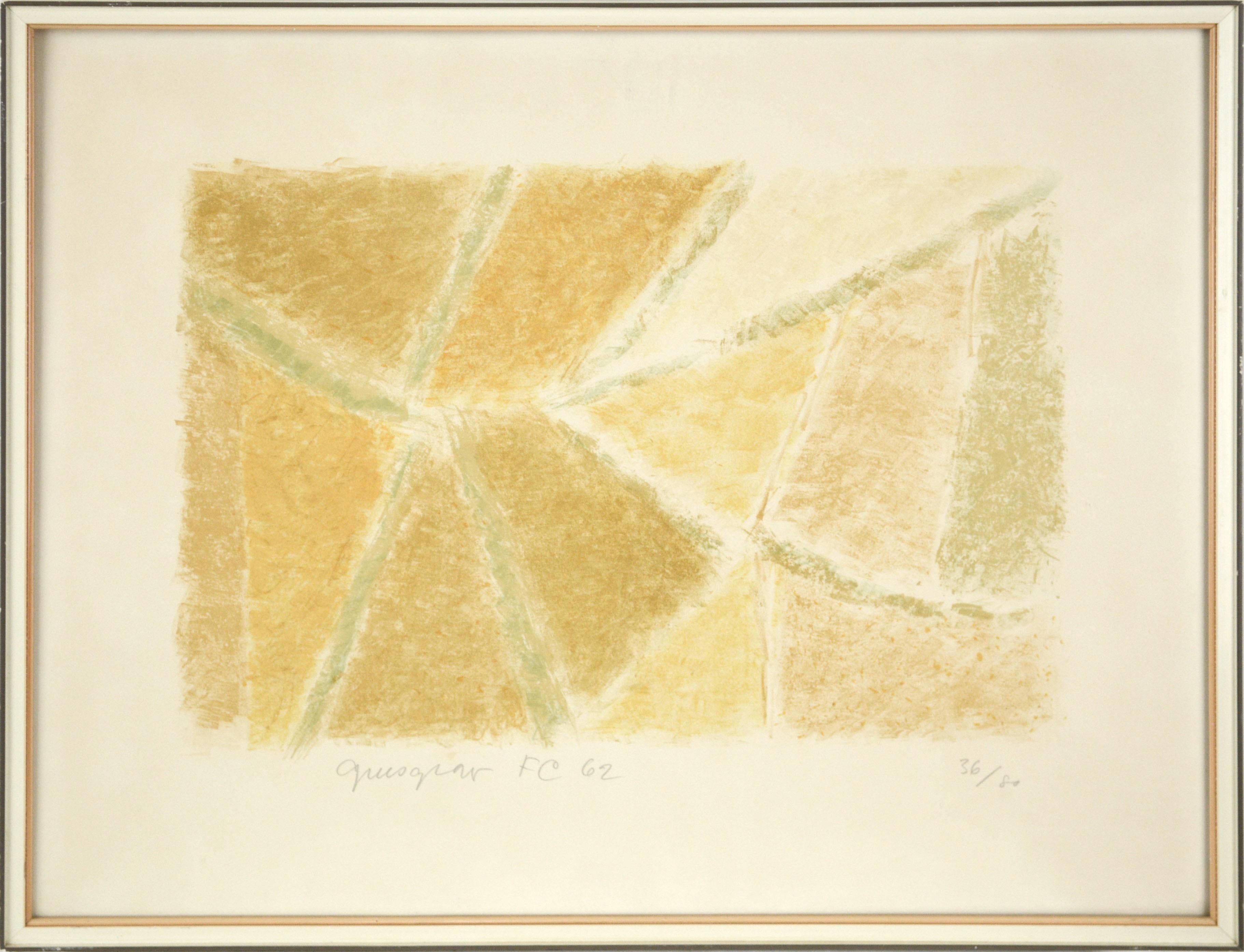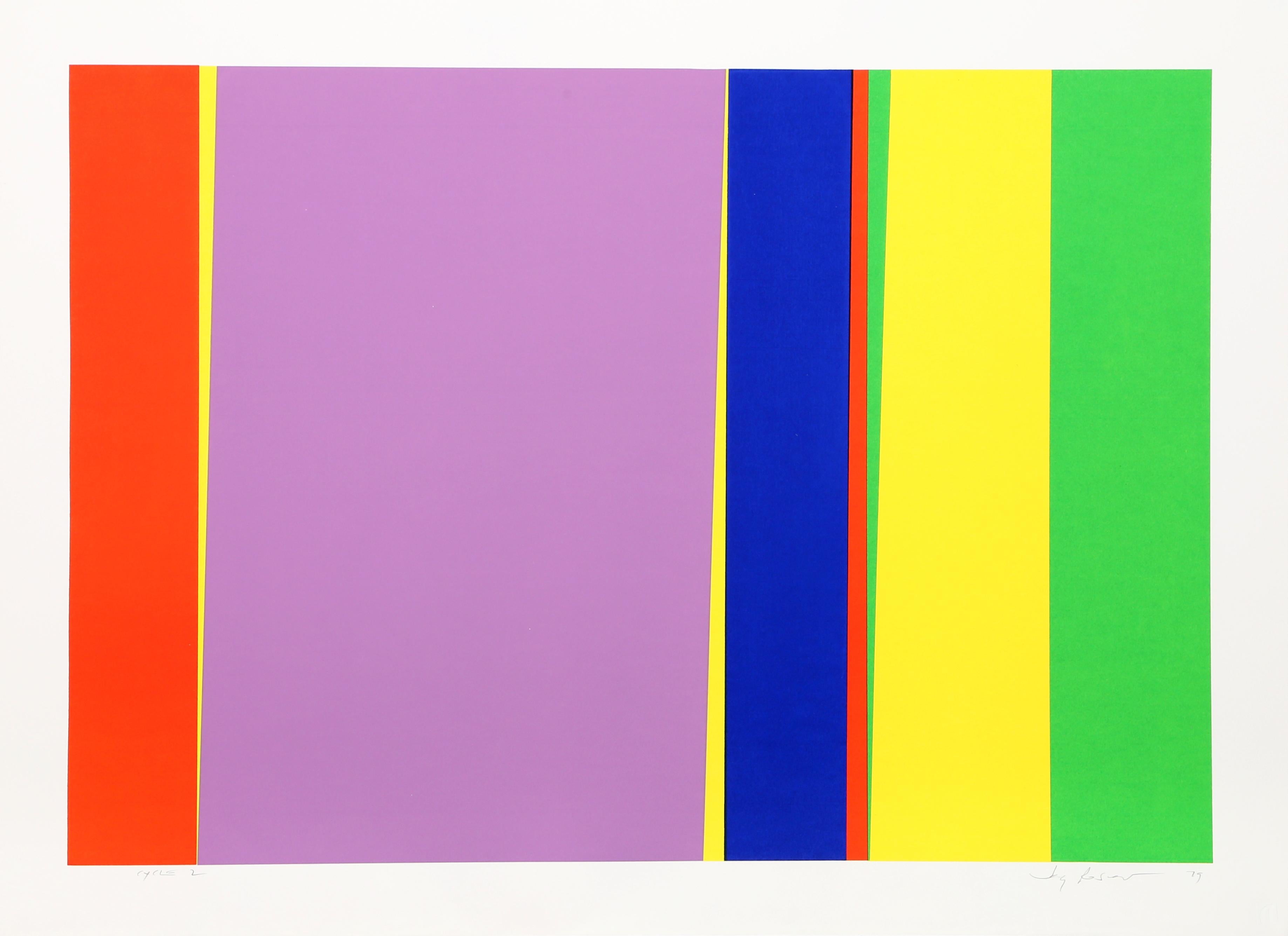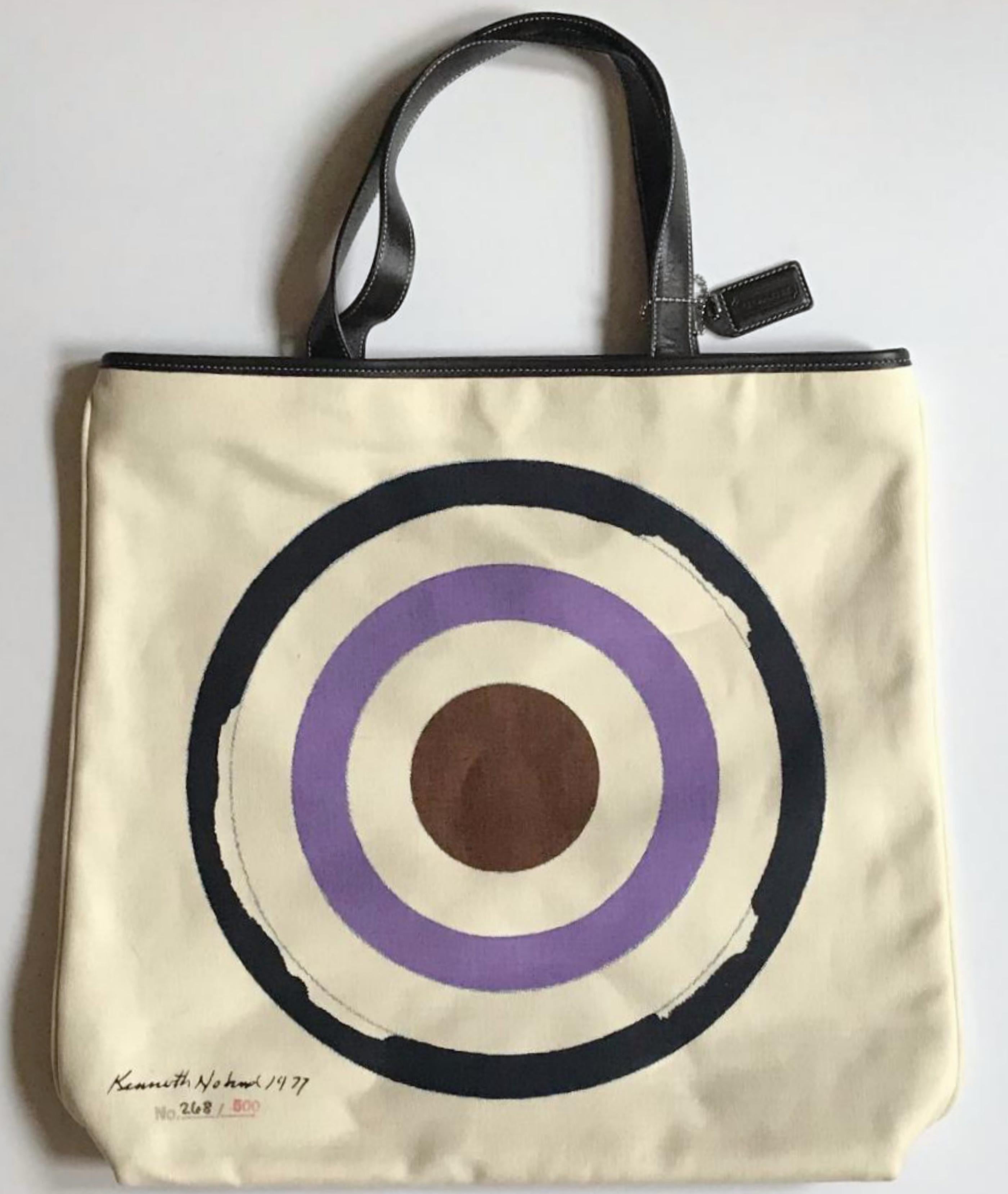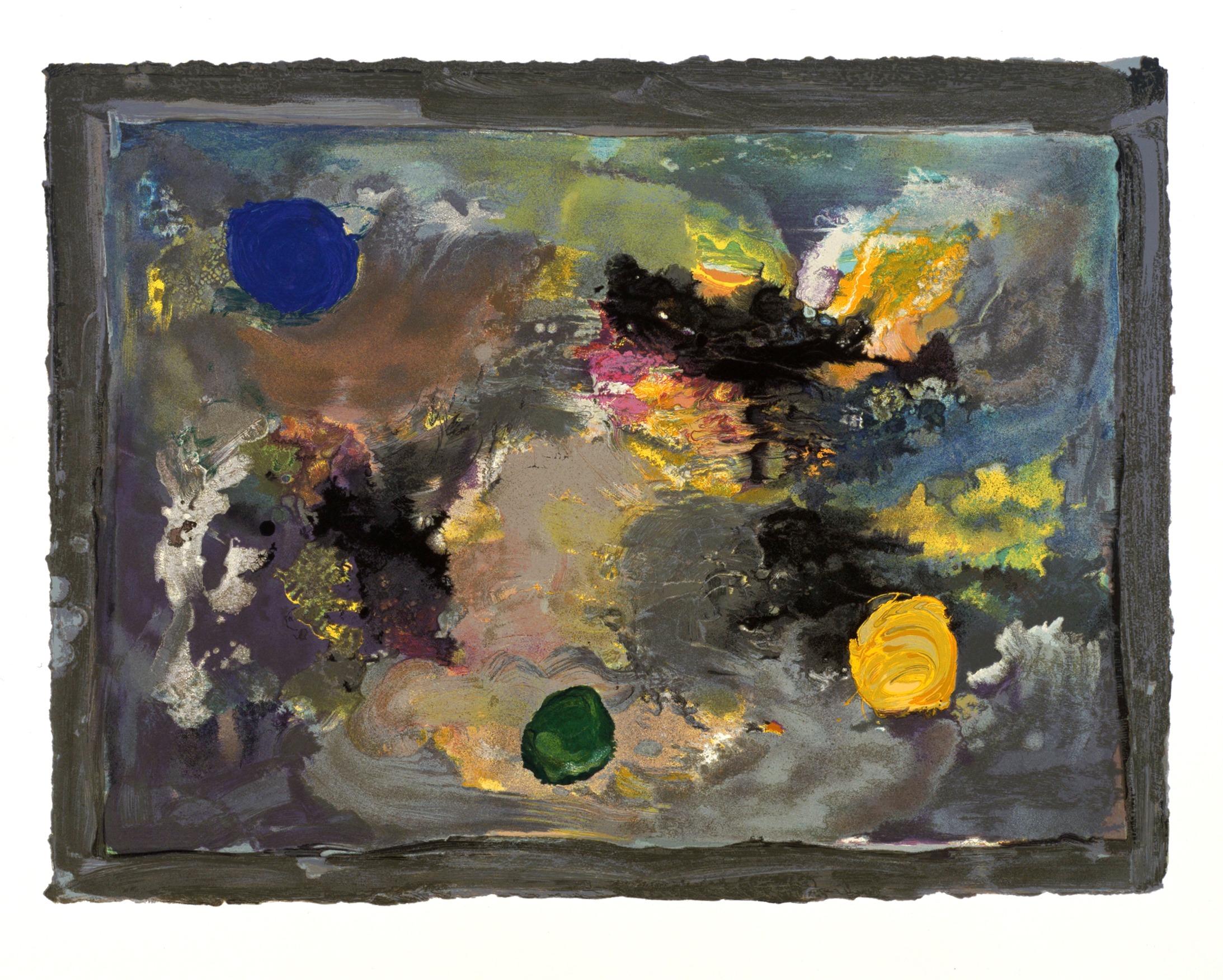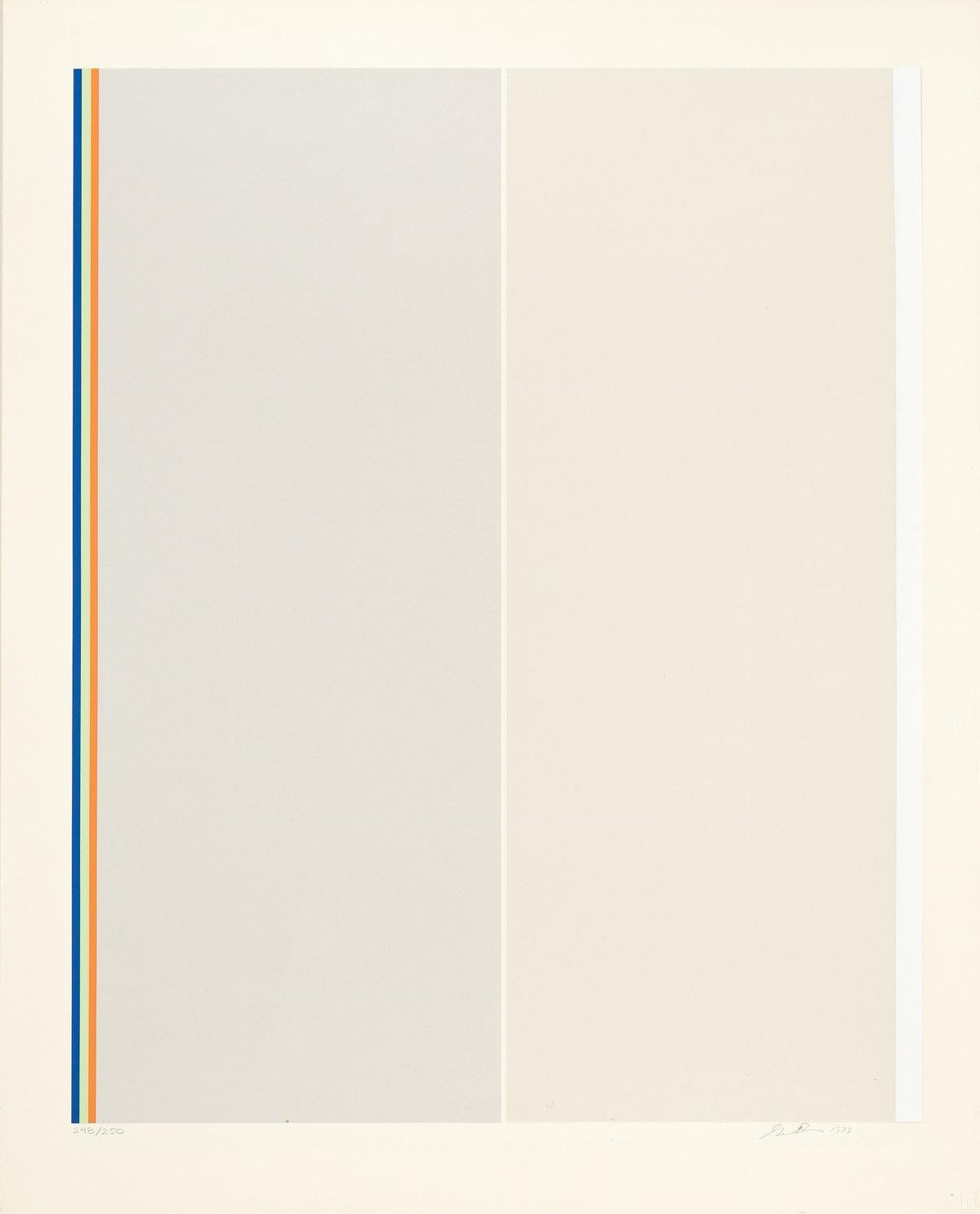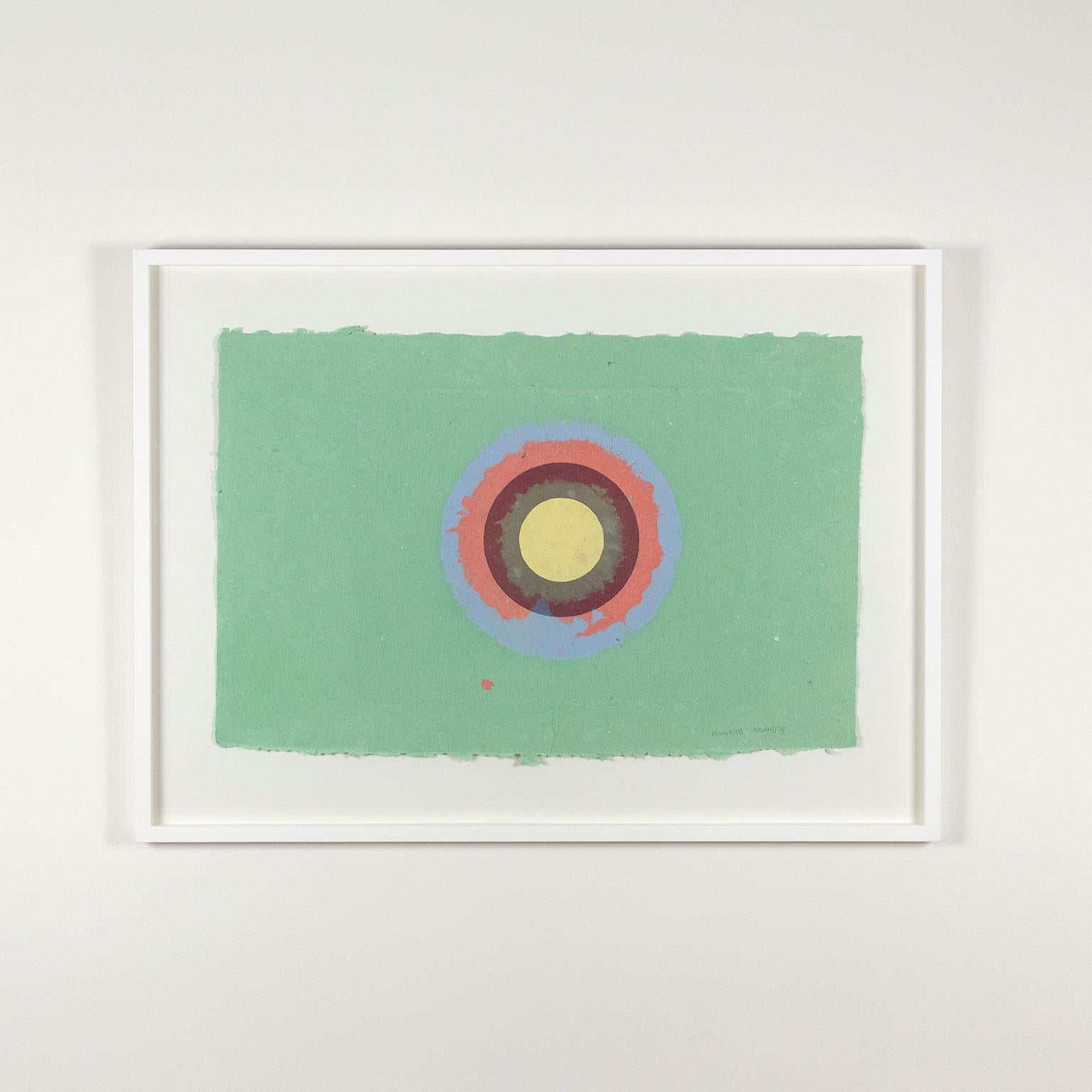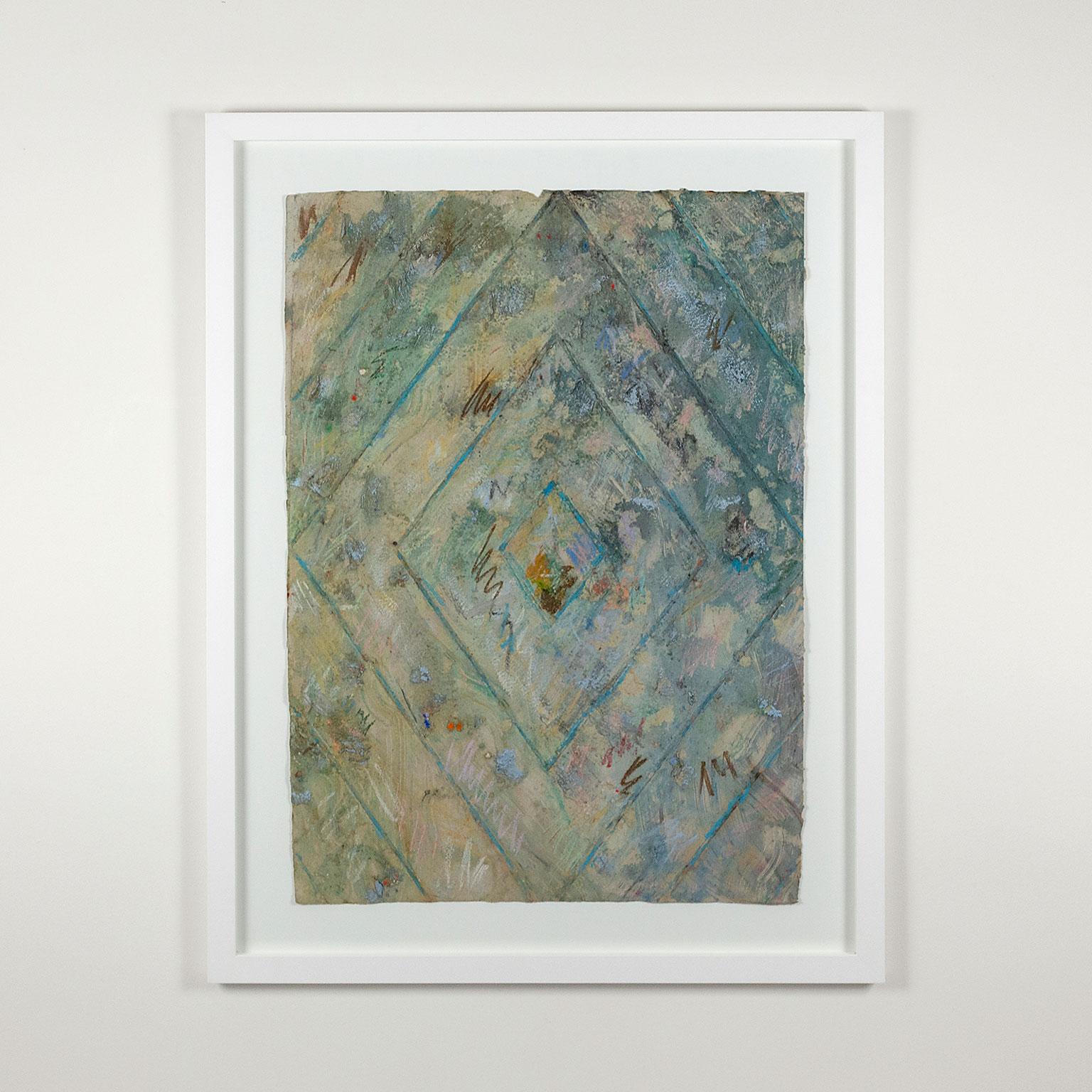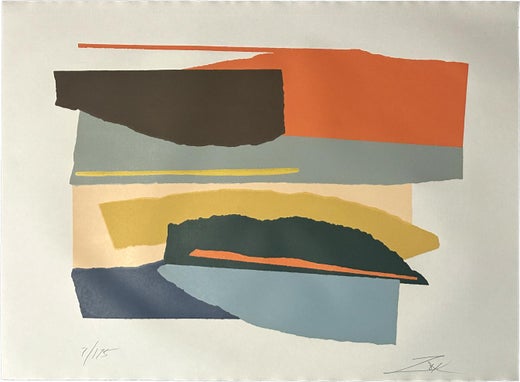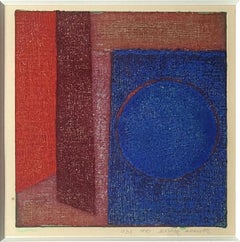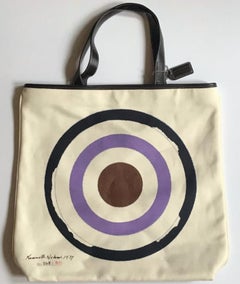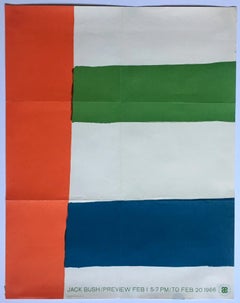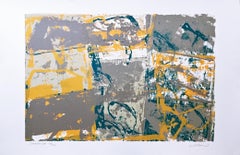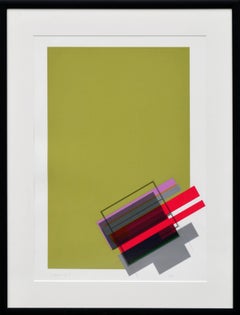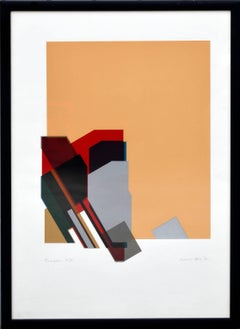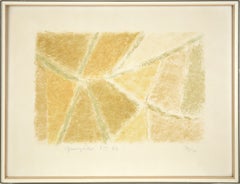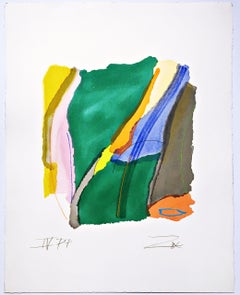
IV unique Printers Proof Color field geometric abstraction pencil signed pochoir
View Similar Items
Larry ZoxIV unique Printers Proof Color field geometric abstraction pencil signed pochoirca. 1979
ca. 1979
About the Item
Larry Zox
Larry Zox was one of the principal representatives of the generation of young painters following the era of the Abstract Expressionists. He is best known for his exuberant geometric abstractions. Many classified him as an Abstract artist, but he considered himself to be a Colorist, which made a strong contribution to the Color Field movement of the 1960s. Zox utilized geometric forms in a mechanistic format and fewer contrasting colors in a design that is based upon improvisation. His works conform to the modern idea that art must be done with fluidity, acceleration and rapidity of execution.
More From This Seller
View All1960s Color-Field Abstract Prints
Screen
1970s Color-Field Abstract Prints
Cotton Canvas, Mixed Media, Screen
1960s Color-Field Abstract Prints
Lithograph, Offset
1980s Color-Field Abstract Prints
Screen
Early 2000s Color-Field Abstract Prints
Paper, Ink, Mixed Media, Lithograph, Offset
1980s Color-Field Abstract Prints
Acrylic, Monotype, Screen
You May Also Like
1970s Color-Field Abstract Prints
Lithograph
1980s Color-Field Abstract Prints
Paper, Ink, Screen
1980s Color-Field Abstract Prints
Ink, Screen, Laid Paper
1960s Color-Field Abstract Prints
Paper, Lithograph
1970s Color-Field Abstract Prints
Lithograph
1970s Color-Field Abstract Prints
Screen
